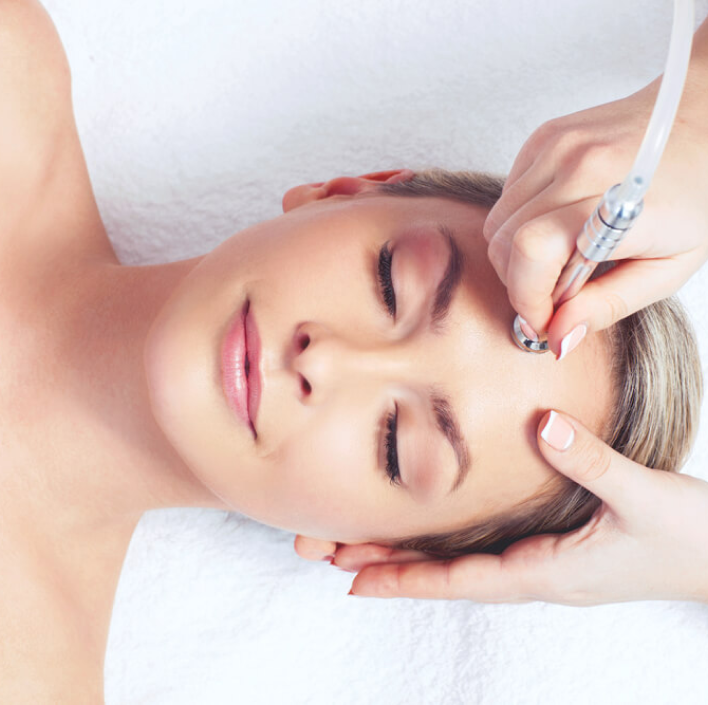Introduction
In the ever-evolving field of aesthetic medicine, patients today are increasingly seeking treatments that go beyond superficial care—ones that engage the body’s own regenerative capabilities for long-lasting results. Among the most talked-about advancements are PRP treatment for skin and stem cell therapy for skin rejuvenation. These procedures not only promise younger-looking, healthier skin but also align with a growing preference for minimally invasive, biologically driven treatments.
If you’re exploring non-surgical methods to revitalize your appearance and enhance your skin and hair health, understanding how stem cell therapy and PRP work—and their differences—can help you make informed decisions.
Understanding PRP Treatment for Skin
Platelet-Rich Plasma (PRP) therapy involves drawing a small amount of the patient’s blood, processing it to concentrate the platelets, and then injecting the enriched plasma into targeted areas of the skin.
How PRP Works:
Platelets contain growth factors that aid tissue repair and stimulate collagen and elastin production. When reintroduced into the skin, PRP acts as a natural stimulant for:
-
Collagen synthesis
-
Improved skin texture and tone
-
Reduction in fine lines and wrinkles
-
Diminished appearance of acne scars and enlarged pores
Benefits of PRP for Skin:
-
Natural and autologous: Uses the patient’s own blood, reducing the risk of allergic reactions
-
Minimal downtime: Most patients resume daily activities within 24 hours
-
Gradual, long-lasting results: Improvements appear over weeks and continue with successive treatments
PRP is often dubbed the “vampire facial,” made popular by celebrities, but its effectiveness is rooted in regenerative science.
The Rise of Stem Cell Therapy for Skin Rejuvenation
Unlike PRP, stem cell therapy for skin treatment involves the use of mesenchymal stem cells (MSCs) that have the capacity to differentiate into various cell types and release bioactive molecules for repair and regeneration.
Types of Stem Cells Used:
-
Adipose-derived stem cells (ADSCs): Extracted from fat tissue
-
Bone marrow-derived stem cells: Less commonly used in aesthetic applications
-
Umbilical cord stem cells: Often used in allogeneic (donor-based) treatments with rigorous screening
How Stem Cell Therapy Works:
These cells are either injected directly or applied topically in combination with microneedling or lasers. Once delivered to the skin, stem cells:
-
Stimulate dermal fibroblasts
-
Promote angiogenesis (formation of new blood vessels)
-
Encourage the production of collagen, elastin, and hyaluronic acid
-
Support skin repair and delay signs of aging
Stem Cell Therapy for Skin Rejuvenation vs. PRP: A Comparative View
| Feature | PRP Treatment for Skin | Stem Cell Therapy for Skin Treatment |
|---|---|---|
| Source | Patient’s own blood | Fat tissue, bone marrow, or donor |
| Key Components | Growth factors from platelets | Multipotent stem cells |
| Primary Benefit | Stimulates existing cells | Regenerates new tissue |
| Common Uses | Fine lines, texture, scars | Deep wrinkles, volume loss, damage |
| Downtime | Minimal | Slightly longer if combined with procedures |
| Cost | Generally lower | Higher due to extraction and processing |
Clinical Applications and Evidence
Scientific studies have shown promising results for both therapies in aesthetic dermatology.
-
A 2020 clinical trial demonstrated that PRP treatment for skin significantly improved elasticity and pigmentation after three sessions in patients with photoaged skin.
-
Research on stem cell therapy for skin rejuvenation has found increased dermal density and smoother skin texture, especially when ADSCs are used in combination with CO2 laser treatments.
Furthermore, stem cell therapy is being explored for hair regrowth, wound healing, and hyperpigmentation, adding to its versatility.
Safety and Regulatory Considerations
While both therapies are generally considered safe, it is essential to seek treatment from a board-certified dermatologist or regenerative medicine specialist.
-
PRP, being autologous, carries minimal risk
-
Stem cell therapy should comply with stringent guidelines set by bodies like the FDA or CDSCO (in India) to ensure ethical sourcing and handling
Patients should always inquire about:
-
The origin and preparation of stem cells
-
Clinical protocols followed
-
Sterility and safety standards
Is Regenerative Aesthetic Treatment Right for You?
The ideal candidate for PRP or stem cell therapy for skin treatment is someone:
-
Seeking natural, non-surgical skin rejuvenation
-
Looking to improve elasticity, tone, and volume
-
Willing to commit to a series of sessions and post-care maintenance
Those with autoimmune conditions, bleeding disorders, or active infections may not be suitable candidates and should consult a medical professional before proceeding.
Conclusion
With growing awareness and accessibility, PRP and stem cell therapy for skin rejuvenation are redefining the standards of anti-aging and skin health. By using the body’s own healing mechanisms, these treatments align with the future of aesthetic medicine: personalized, regenerative, and minimally invasive.
If you’re considering a procedure, consult a certified aesthetic clinic with expertise in regenerative therapies. With the right approach, these advanced treatments can help you restore youthful radiance—naturally and safely.

